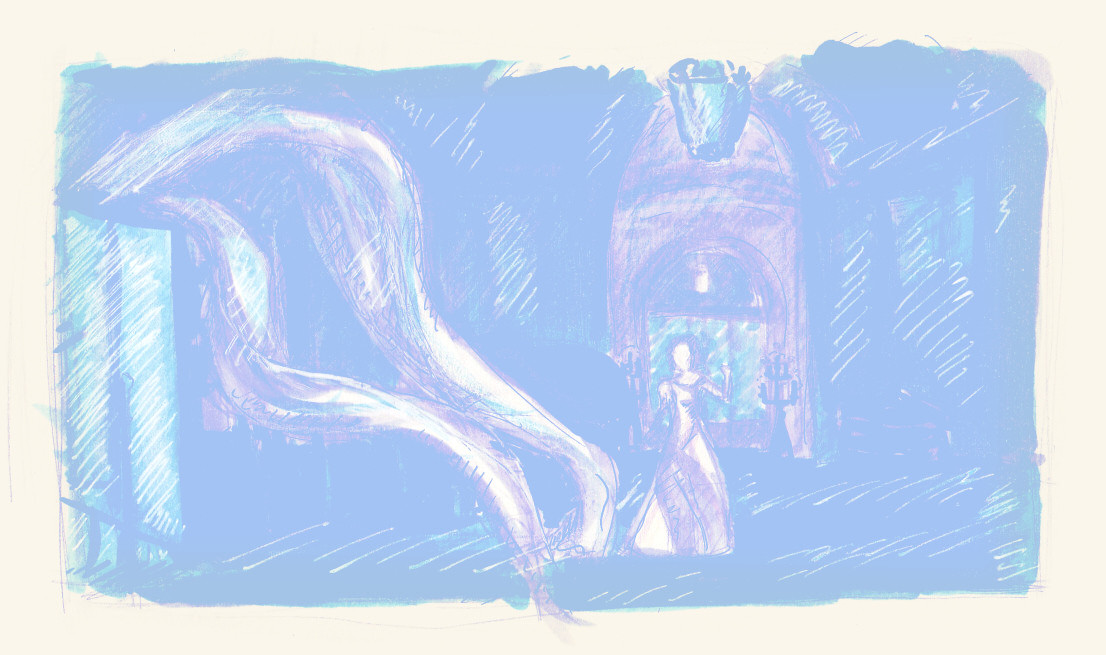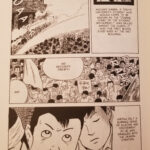 Celine Dion in a black dress, singing intensely into a microphone.
Celine Dion in a black dress, singing intensely into a microphone.
Let’s address the elephant in the room. Celine Dion. For some, her name conjures images of Mother’s Day compilation CDs or punchlines about over-the-top vocal performances. It’s easy to dismiss her as pure commercialism, devoid of genuine artistry. There’s even a book dissecting her ‘Let’s Talk About Love’ album through the lens of “plastic” versus “real,” a somewhat apologetic examination of her place in popular culture. But this isn’t that. There’s no irony or detachment here. This is a sincere appreciation, a deep dive into why “It’s All Coming Back To Me Now” isn’t just a song; it’s an experience.
To deny Celine Dion’s vocal prowess is akin to denying established facts. While her style might not resonate with everyone, the sheer force and technical brilliance of her voice are undeniable. Some critics mistake its purity for inauthenticity, but to many ears, including mine, she’s a genuine talent capable of extracting raw emotion from even the most conventional lyrics. Her voice cracks with vulnerability, soars with passion, and plummets with despair. She possesses an instrument of remarkable range and control, even capable of mimicking Barry Gibb with uncanny accuracy when the mood strikes.
And then there’s “It’s All Coming Back To Me Now.” This track takes everything people associate with Celine – the grandiosity, the dramatic flair – and cranks it up to eleven. It’s unapologetically melodramatic, exceeding typical radio playtimes, and portrays love with an intensity usually reserved for epic tragedies. Sweeping, dark, and bordering on obsessive, it draws inspiration from literary drama like Wuthering Heights and can be interpreted as either profoundly serious or hilariously exaggerated. Yet, within all this perceived excess lies its brilliance. This isn’t just a good Celine Dion song; it’s arguably her masterpiece.
Amidst the operatic drama, the theatrical scale reminiscent of Meat Loaf, and the impossibly sustained high notes (try to deny the power of “nights of endless pleasure,” I dare you), the most impactful element of “It’s All Coming Back To Me Now” is a single, almost understated line nestled within a pre-chorus: “And I made myself so strong again, somehow.” That “somehow” is crucial. It suggests a recovery that wasn’t entirely self-driven, hinting at the slow, almost unconscious process of healing after heartbreak. It evokes the image of someone surveying the wreckage of a past relationship – a mangled, burnt-out vehicle on the emotional highway – barely comprehending how they managed to escape and rebuild themselves.
This is a song about love as both a torment and an obsession. Dion sings of having “banished every memory,” yet the chorus reveals the fragility of that self-constructed wall. A mere touch, a fleeting sensory trigger, and the floodgates of memory burst open. The love affair described wasn’t a fairytale; it was a turbulent mix of passion and pain. And the song doesn’t shy away from acknowledging mutual culpability. The stark admission, “Whenever you tried to hurt me, I just hurt you even worse, and so much deeper,” speaks to the destructive dynamics of a relationship where pain becomes a twisted form of intimacy.
The song’s creator, Jim Steinman, also the mastermind behind Meat Loaf’s epic ‘Bat Out Of Hell’, aimed to pen “the most passionate, romantic song I could ever write.” He then veers into darker, more unconventional territory, describing the song as “an erotic motorcycle” and comparing it to Heathcliff exhuming Cathy’s corpse in Wuthering Heights. Setting aside the recurring motorcycle motif in his work (and the five-minute motorcycle intro to ‘I Would Do Anything For Love’), Steinman’s vision captures the song’s profoundly devastating core. “I was trying to write a song about being enslaved and obsessed by love, not just enchanted and happy with it,” he explained. “It was about the dark side of love and about the extraordinary ability to be resurrected by it once dead.”
However, there’s a subtle contradiction in Steinman’s explanation. The song isn’t about resurrection from the dead, but rather a sudden, jarring awakening from a self-imposed emotional dormancy. Even when you believe you’ve moved on, that the past is truly past – “history with the slamming of the door” – sometimes, an unexpected trigger brings it all rushing back. This resurgence of feeling is beyond our control. There’s a strange beauty and a touch of magic in this involuntary recall, but it’s also undeniably unsettling. Logic dictates that some things should remain buried, but emotional reality often dictates otherwise. Celine Dion understands this. Jim Steinman understood this. And perhaps, on some level, you do too.

